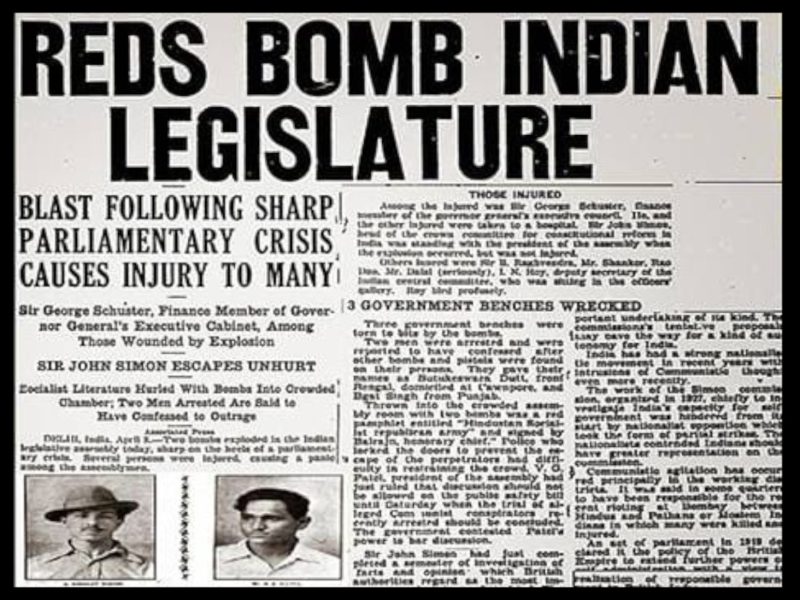18 January 1982: The Bombay Textile Strike that lasted over a year and a half was called on 18 January 1982 by the mill workers of Bombay under the leadership of Dr. Dutta Samant. The strike though was for bonus, wage increases and permanency of badli workers but in its critical demand for the repeal of the Bombay Industrial Relations Act, 1946, transformed it to a political struggle of the workers for their right to be represented by a union of their choice. The BIR Act made arbitration compulsory over industrial disputes and recognised a sole bargaining agent of the workers which made the Rashtriya Mill Mazdoor Sangh (affiliated to the INTUC) as the one in the cotton textile industry. Nearly 250,000 workers and more than 50 textile mills went on strike in Bombay.
Months after the strike began, the dominant sentiment among workers was that they would resume work without if only one condition was met – the repeal of the Bombay Industrial Relations Act, 1947 or de-recognition of the RMMS as the only officially recognised union of mill workers. Much of the strike’s success was due to the animosity the workers felt towards the RMMS which had signed ‘rationalisation’ along with increase in workload agreements with individual millowners several times, never gone on strike and prevented secret ballot to determine its position as the sole bargaining agent under the BIR Act. Further, the Badli (temporary) workers, who comprised 40 per cent of the mills’ workforce, had to pay the RMMS a cut from their wage every month if they want to retain their jobs. The trigger to the strike was however the 1981 bonus agreement. Although many mills declared bonus between 12.5 and 20 per cent, the RMMS subtracted a minimum of 2.5 per cent bonus from each worker’s bonus payout. Though the effective membership list of the RMMS showed that its membership had dropped from 38,281 in December 1981 to 18,032 in January 1982 to 1,116 in February 1982, a month after the strike began, the Additional Registrar of Trade Unions on 5 November 1982 ruled that the RMMS would continue to be the ‘recognised’ union.
The exodus of the workers into the countryside was the single most important tactic that helped the workers hold out against a settlement. However, despite the capacity of the workers to holdout over a year, the strike collapsed with no concession won by the workers. The majority of the over 80 mills in Central Mumbai closed during and after the strike, leaving more than 150,000 workers unemployed.
In hindsight the struggle possibly did not sufficiently assess the industrial environment. There was the shift taking place from cotton textiles to cheap synthetics, making cotton textiles less profitable. Moreover, the power loom sector made the composite textile mill uneconomical, leading to dispersed cloth manufacture, with low wages and high productivity. Millowners had staying power to last out the strike and in fact started looking at the gains from the central Mumbai mills as real estate rather than as factories as production was easily relocated. As a result, the mill workers and their union were faced with the extraordinary combined power of the united big employers lobby that was able to ensure that neither the state nor the central government did anything to find a resolution to the dispute. In today’s context it is worth noting that the elements of the BIR Act that acted against trade union democracy, are today making a comeback in the new Industrial Relations Code proposed by the central government.

